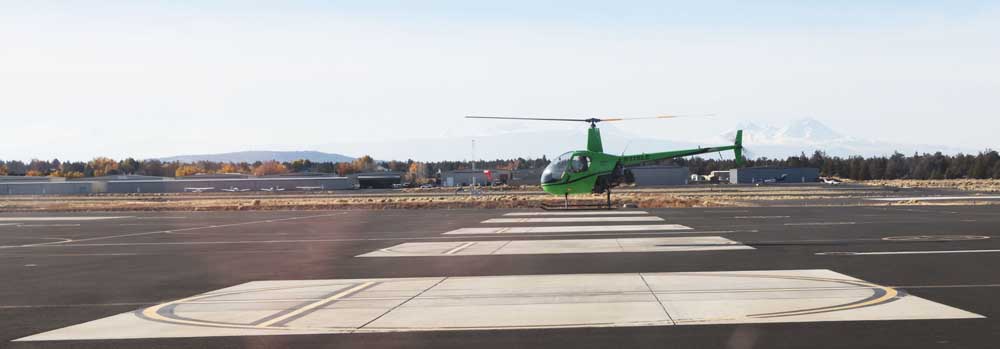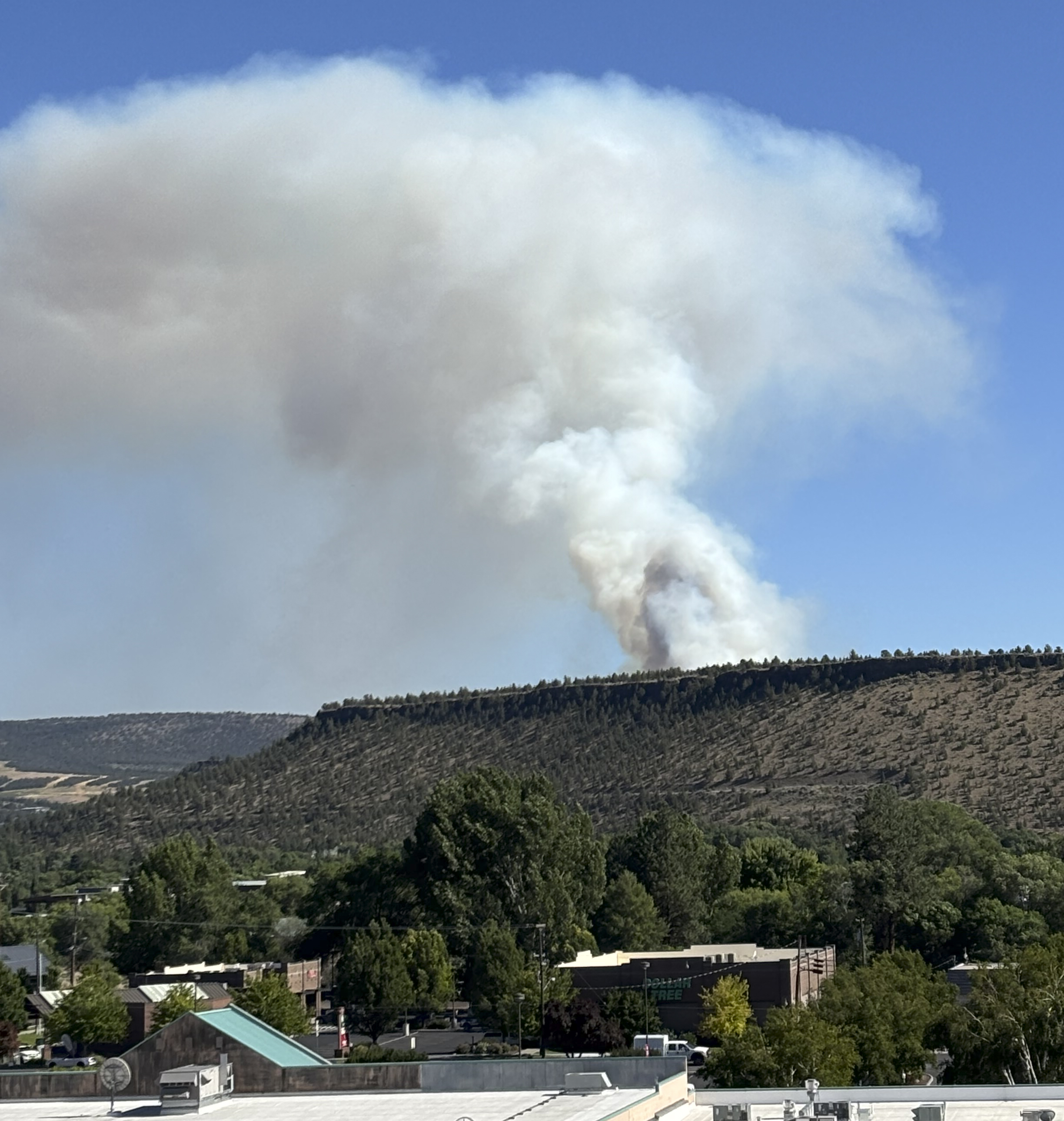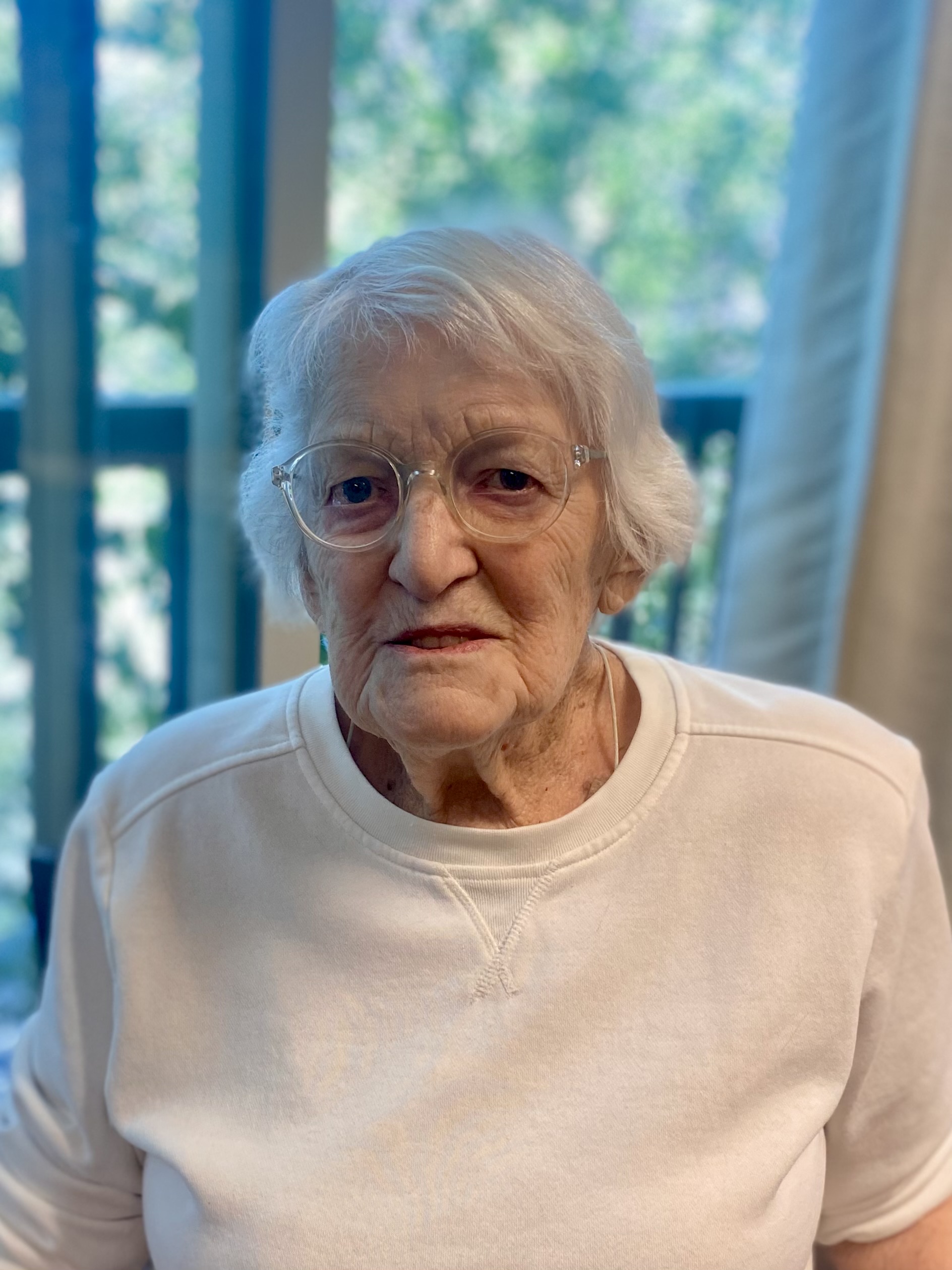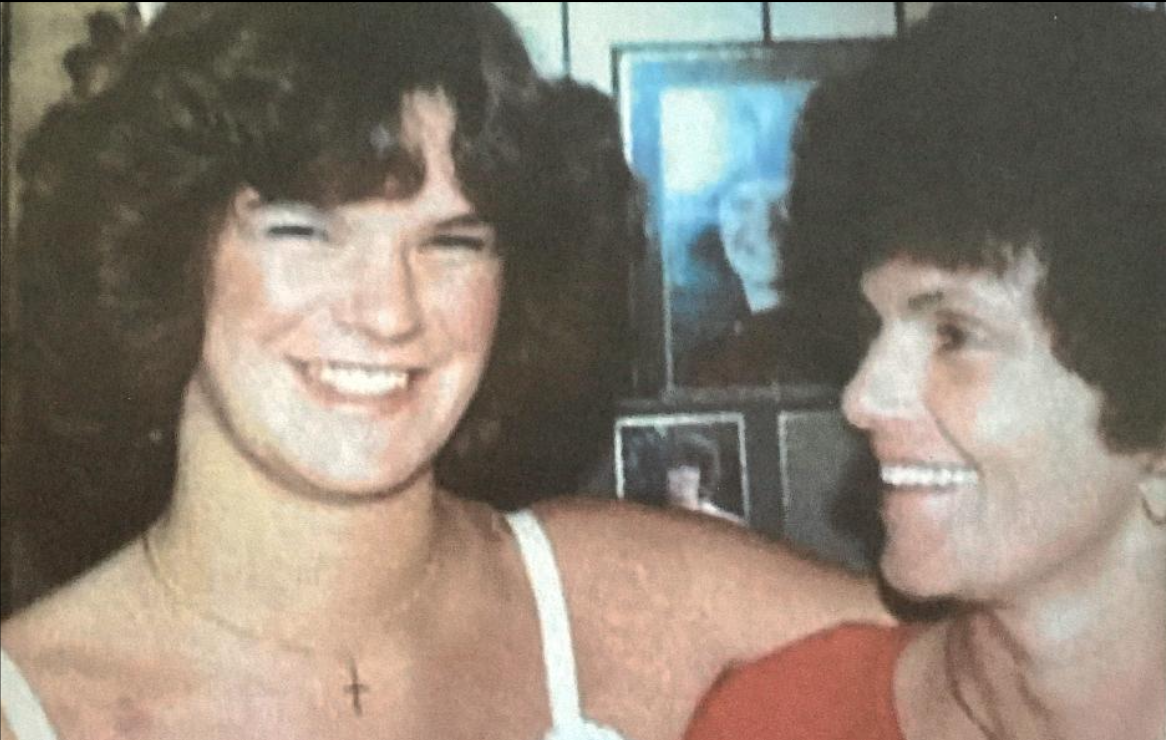Veterans take to the skies in COCC’s aviation program
Published 5:45 am Tuesday, November 12, 2024

- A helicopter hovers over the helicopter operating area at Leading Edge Helicopter School in Bend.
Central Oregon Community College trains dozens of people each year as helicopter, airplane or drone pilots, and about half the students are veterans.
Trending
The college’s aviation programs, which were founded in 2005 by veteran John Miller, consist of professional piloting for helicopters, airplanes and unmanned aerial systems, also known as drones.
The aviation industry is facing a pilot shortage, and the number of pilots the programs turn out each year help fill the gap.
“We have a population of close to 250 students total. We have one of the largest two-year aviation degree programs in the country,” said Lisa Shipman, program director. “About 50% of our students are veterans that come for both the helicopter and the airplane flight training.”
Trending
Getting off the ground
The programs give graduates a two-year associates degree, but also provide students their flight certifications so they can be employed as professional pilots. Other than students who are veterans, Shipman estimated that around 40% are fresh out of high school, while the other 10% are people who have wanted to tackle the program for a while and may be treating it as a second career.
“The growth of the program is due to the pilot shortage that’s out there. The airlines are hiring, and it’s evening out a little bit, but in my time here, there’s been a lot of jobs out there, both on the helicopter and on the airplane side,” said Shipman. “It attracts a great number of students that have figured out that with that shortage comes some pretty great paychecks even out the gate.”
Shipman said that name recognition is another part of why the program attracts so many veterans.
“Veterans all talk to each other about the program,” she said. “We’re actually one of the few two-year programs that do take veterans benefits.”
Using veteran education benefits in a college program comes with a lot of paperwork and “red tape,” as Shipman put it, which is why some colleges don’t accept them.
The helicopter pilot program costs upwards of $110,000, while the airplane pilot program is over $85,000. The drone piloting program costs $15,000. Most associates degrees cost around $20,000, said Shipman.
In addition to full- and part-time faculty, the program employs more than 58 flight instructors at the Bend Municipal Airport. The college partners with Leading Edge Flight Academy to rent the aircraft used in instruction. Students work on flight training, ground training and training in simulators that COCC owns at the airport, said Shipman.
Students begin full-time aviation classes and flight instruction at the same time, because they wouldn’t be able to complete the flight requirements otherwise, said Shipman.
“If you get in the classroom to look at something and you’re not actually out doing it, it’s disjointed,” she said. “I always joke with people: It’s like taking driver’s ed without the car.”
The programs are popular and there is often a waitlist. New groups begin each term, including in the summer.
The programs are a heavy workload: a full class load, along with being out at the airport three to four times a week for several hours for flight training.
“(In addition to actual flight training) they talk about what they’re going to do before they go fly (with instructors), maybe just meet up for a couple hours to talk about different subjects in preparation for all the tests they have to take,” said Shipman.
To become a pilot, there are several certifications along the way, each of which requires a written exam, an oral exam and a flight test. Along with their degree, students gain a commercial pilot’s license so they can fly for hire and a certified flight instructor license so they can teach.
Students generally graduate with slightly over 200 flight hours. Though they initially take off from the Bend Municipal Airport, they go to all the other airports in the area, such as Redmond and Sunriver.
Veterans program coordinator Bonnie Jordan helps support students by connecting them to resources, other students for tutoring and assisting with veterans education benefits. Benefits include those for veterans such as the G.I. Bill and those for military-affiliated people such as spouses and dependents, among other types.
Students often join the aviation program in part because they can use their veterans benefits for it, Jordan said.
“One wonderful benefit of having a veterans program on campus is the ability for COCC to expand our network of support for students because of our relationships now with other veterans organizations,” she said. “A huge important part of our program is to break down isolation and build connection between people.”
After graduation
Recent graduates often gain work experience through the program, which has a 70% graduation rate. The college hires some graduates as flight instructors.
“It makes me feel good to be able to help students not only get their education but actually facilitate their first piece of employment,” said Shipman.
Flight instruction is usually the entry-level job for the aviation industry. The college guarantees students an interview, though not a job. Taking the instruction job for a few years allows graduates to complete the 1,000 to 1,500 flight instruction hours generally needed for their next job up the industry ladder.
Possible career opportunities include corporate charter pilots, flying for the medevac industry, firefighting, government jobs and flying for commercial airlines.
Shipman wants to ensure pilots are as well-educated and prepared as they can be.
“I spend a lot of time talking with students about their careers and what happens out in the industry and kind of giving back some,” she said. “It’s been rewarding for me. I’ve had a long aviation career, and it’s really nice to be able to give some of that experience back to the students and mentor them.”








